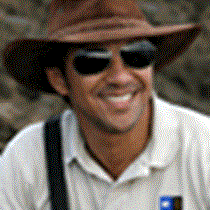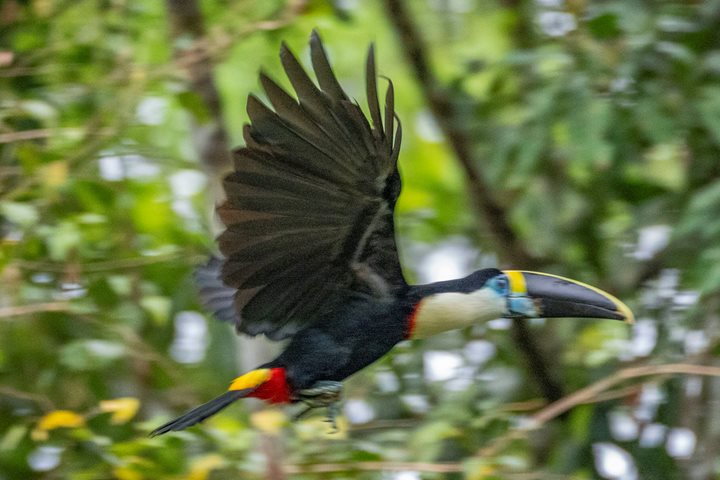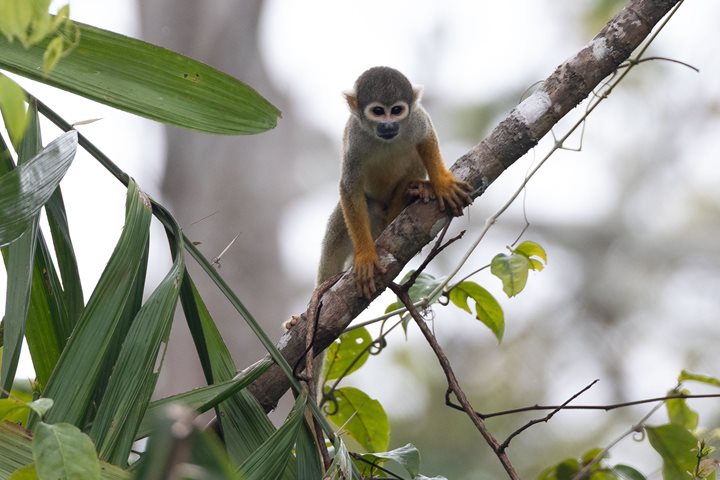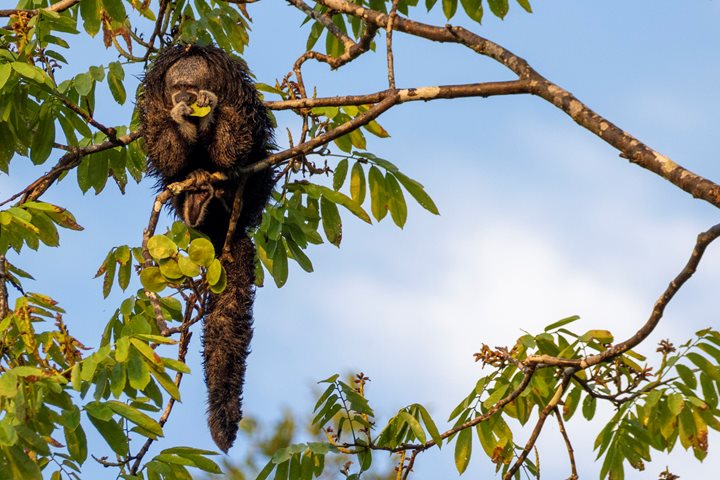The Pacaya Samiria Reserve is a large portion of rainforest located in the heart of the Peruvian Amazon. To its advantage, the reserve consists mainly of varzea forest, a type of semi-submerged forest only found in certain parts of the world. Due to this special condition, most of its territory can only be accessed by ship and this has prevented poachers from illegally extracting flora or fauna from this region.
Our search for special places to visit landed us on a section north from the reserve, at the northern river bank-side of the Marañon River. This exuberant land was privately owned by a gentleman known to be one of the wealthiest men of his time (in this region); during the 70s, his tourism business grew from a simple lodge and one ship to a full operation of five luxury river ships (plus an upgraded lodge), build with exotic wood imported from Brazil. The story goes that somehow the man was “cursed”, and his business declined after losing one by one each of his ships under strange circumstances. The large property (which I have yet to find out the real size of), was also a good part of his business. A large man-made lagoon was built to produce and maintain a large number of exotic tropical fresh-water fish exported all over the world for private collections and aquariums, and the forest contained within this property was (and still is) one of the last remnants of primary rain forest in this region.
Today we concentrated our morning exploring this amazing and strange environment. We encountered trees estimated to be centuries old, all of them conveniently along a well-maintained yet natural forest trail. We learned about the history of the Amazon during the rubber-boom industry, as well as how it collapsed after the introduction of rubber to Asia, changing the exclusivity of the production from this region.
As we hiked, we admired the lack of sunshine and the predominance of the darkness within a healthy forest; the understory plants receive only the shed of light that the giant branches above allow, and the usual heavy rain above will be transformed into merely a few drops if you are one of the unfortunate bushes and plants below.
As for our afternoon, we set out in a completely different way from the morning outing. We sat on the comfortable and renewed skiffs to explore the intricate ecosystem of Pucate-Yanayacu Rivers. Lots of colorful birds were spotted, and some not too colorful but enchanting nonetheless! It is how we came across the fascinating hoatzin, a prehistoric-looking bird the size of a large chicken, with feathers on its head like a tomahawk! The fascinating part is that it is born on nests built in trees that are surrounded by water. If the young bird ever feels somehow threaten, it will instinctively jump off the nest and submerged in the dark waters until the danger is gone. After a while, it will climb back to the nest using a set of sharp, hook-shaped claws located on the wings, which will later disappear when the bird reaches adulthood! Additionally, the bird’s diet consists of many plants with particular toxins that create a “stinky” odor to the bird, making its meat undesirable for both predators and humans—so no hoatzin BBQ on your Amazon trip!
What a fascinating world this is, and we are just at the beginning of our exploration!







